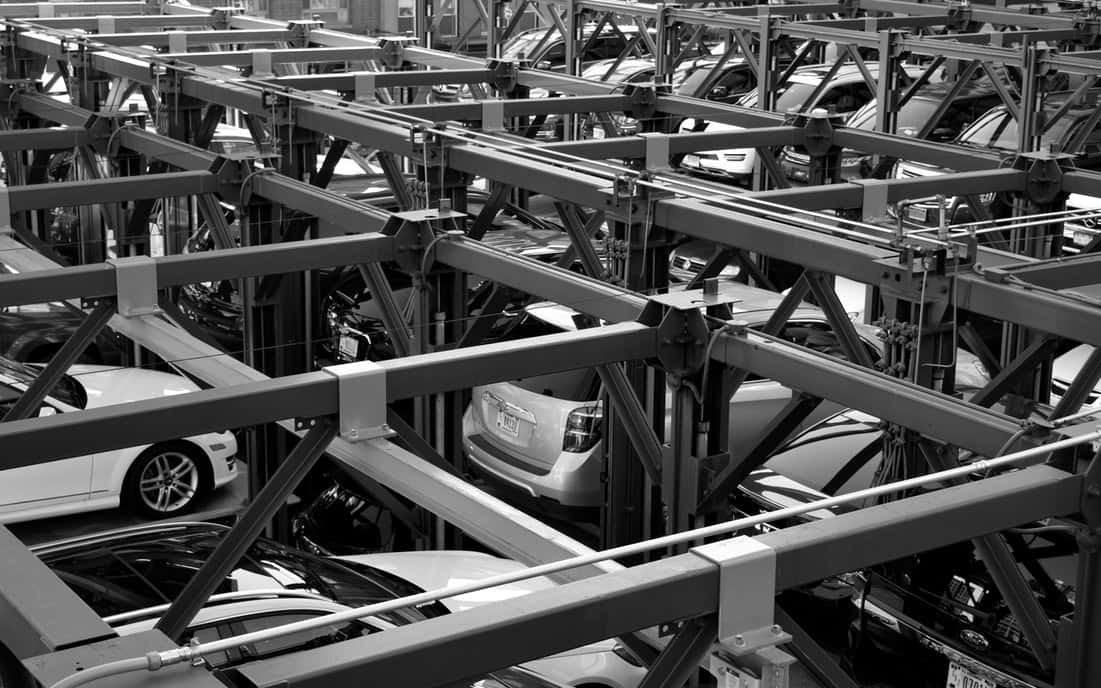What Happens to Your Car in an Automated Parking Garage?
With limited parking space in urban areas, squeezing their car into a tiny space is often a harrowing experience for drivers. Apart from frustration, it’s also quick to cause traffic congestion and result in a poor parking experience for others in the line. While we have new cars pouring onto our roads, our streets aren’t getting any bigger. Luckily, technology has an answer. An automated parking garage stacks cars on top of each other and features multiple levels for parking. It thus optimizes space utilization, saves costs, and offers an environmentally superior alternative to traditional parking systems. Before jumping into how automated parking garages work, let’s know the types of automated parking garages.
Types of automated parking garages
Based on how they transport the vehicle to the parking spot, automated parking systems are classified as horizontal platforms or vertical lifts. While the parking process is similar, the movement of the car as it reaches the spot differs – lateral or vertical.
Automated parking systems use sensors, cameras, and electro-mechanical components to move the car and park it in an empty slot. The process is simple enough and requires almost no effort from the driver. Such garages can be built on an empty lot, even in between buildings. Made of a metal skeleton, it can be covered with anything to fit into a city’s landscape.
How automated parking garages work:
An automated parking garage can employ either of the three components: shuttle, conveyor, and crane.
-
Shuttle
It is a pallet-less, multi-level, and multi-depth solution, ideal for systems requiring larger parking capacities. The system is laid off and independently transports the vehicle from the entry point to the parking spot
-
Conveyor
Pallet-based single, multi-level, or multi-path components, are best for projects requiring medium to large parking capacities. The conveyor-based solution transports the vehicle-on-pallet from the entry point to the spot by using an organized matrix array. It is the most effective solution to convert existing parking structures into independent parking facilities
-
Crane
It is a multi-level, multi-depth solution, best for systems that need smaller parking capacities. The crane-based solution transports the vehicle from the entry point to the parking spot through a linear path
In both vertical and horizontal systems, the car is driven into a multi-storied space. Once the driver positions it on a ramp, they step out of the car. The ramp has multiple sensors to ascertain the shape and size of the car. Usually, there’s a screen that indicates if the car is aligned correctly.
After the driver exits the vehicle, the system measures the car again to ensure that the doors are properly closed. The car is then lifted into the parking garage and rolled onto a moving platform. This platform is fitted with a quick-exchange system. Depending on the availability of spots, the system determines where to park. Using electro-mechanical components, it is parked in a spot, either vertically or horizontally.
When a car slides into a new spot, the pallet is emptied for the next vehicle. When the car is fetched to exit, this process is reversed. To recognize the rightful owner of the car, drivers receive a card or key containing a code that identifies the position of the vehicle. Upon scanning this, the system retrieves the car and brings it car back to the driver.
The future of parking
Automated parking systems are the next generation of multi-storied parking spaces. Because they don’t have access to ramps, and cars are parked much closer compared to the usual parking lots, they occupy less space.
Moreover, automated garages help cut CO2 emissions and fuel consumption levels since the car doesn’t need a running engine as it moves through the lot. They can be built both above the ground or underground, depending on the availability of space in a city. Already, countries such as Japan and the US have started erecting such systems. It is safe to assume that automated parking systems are the future of parking.

